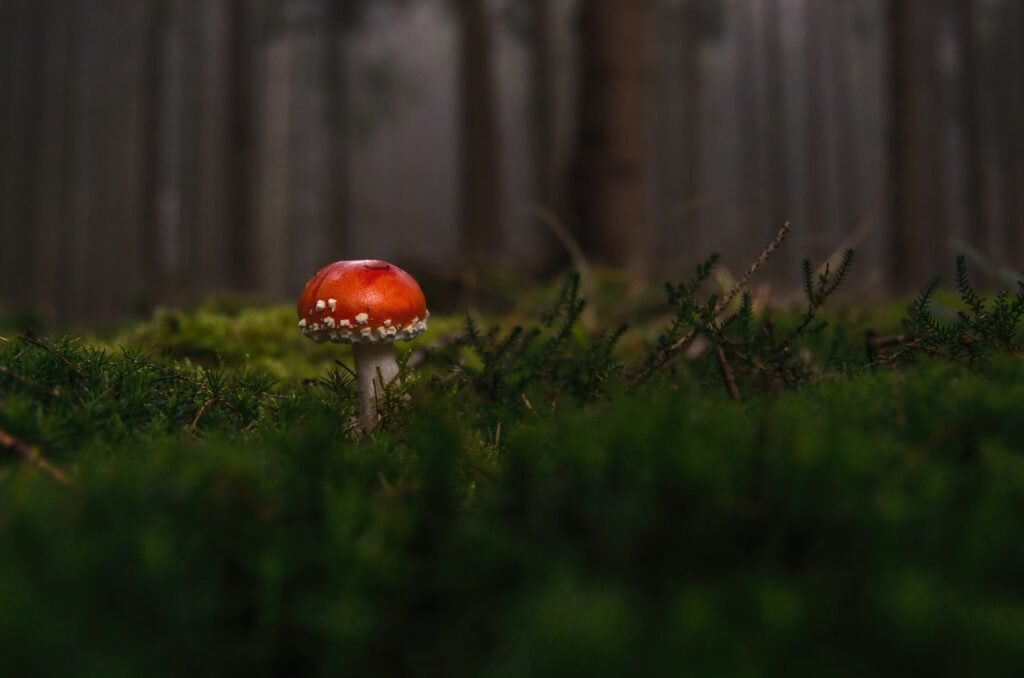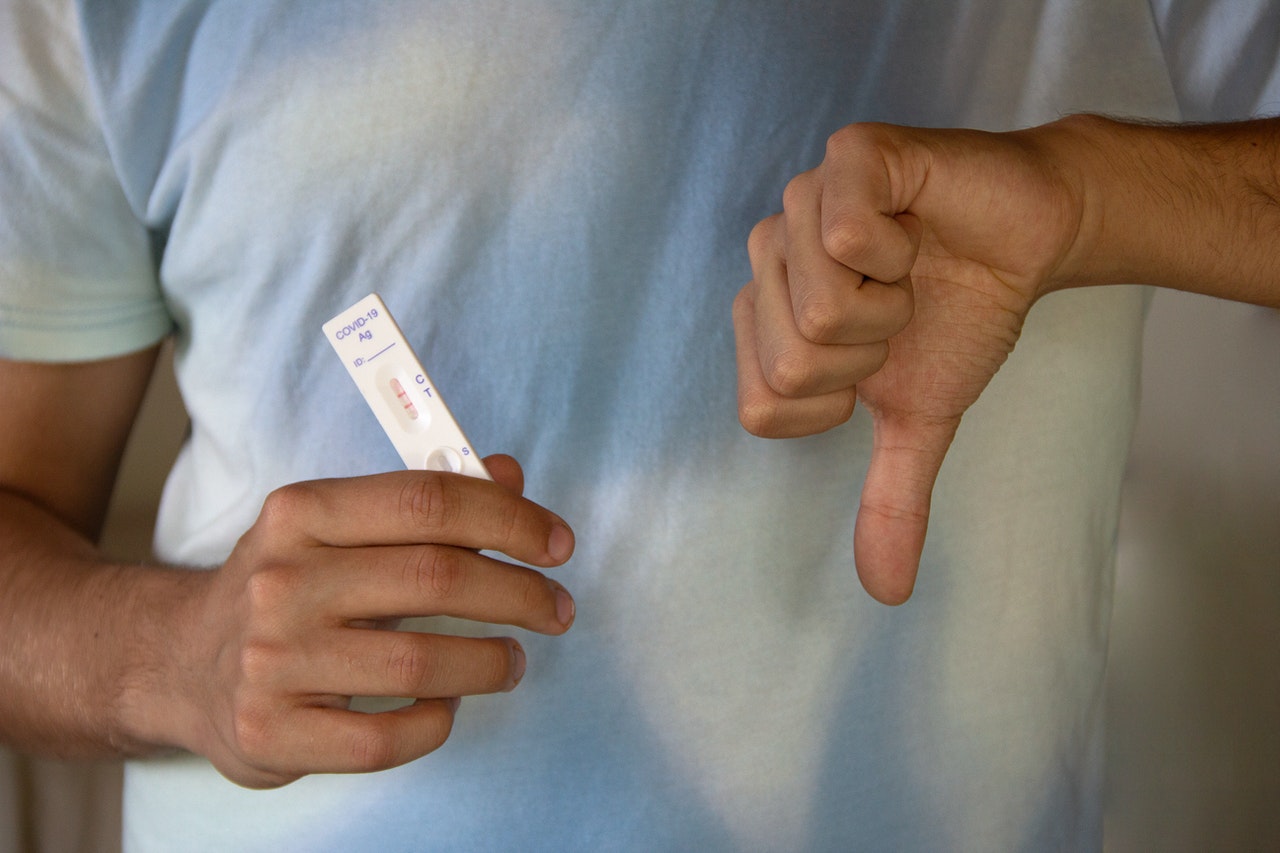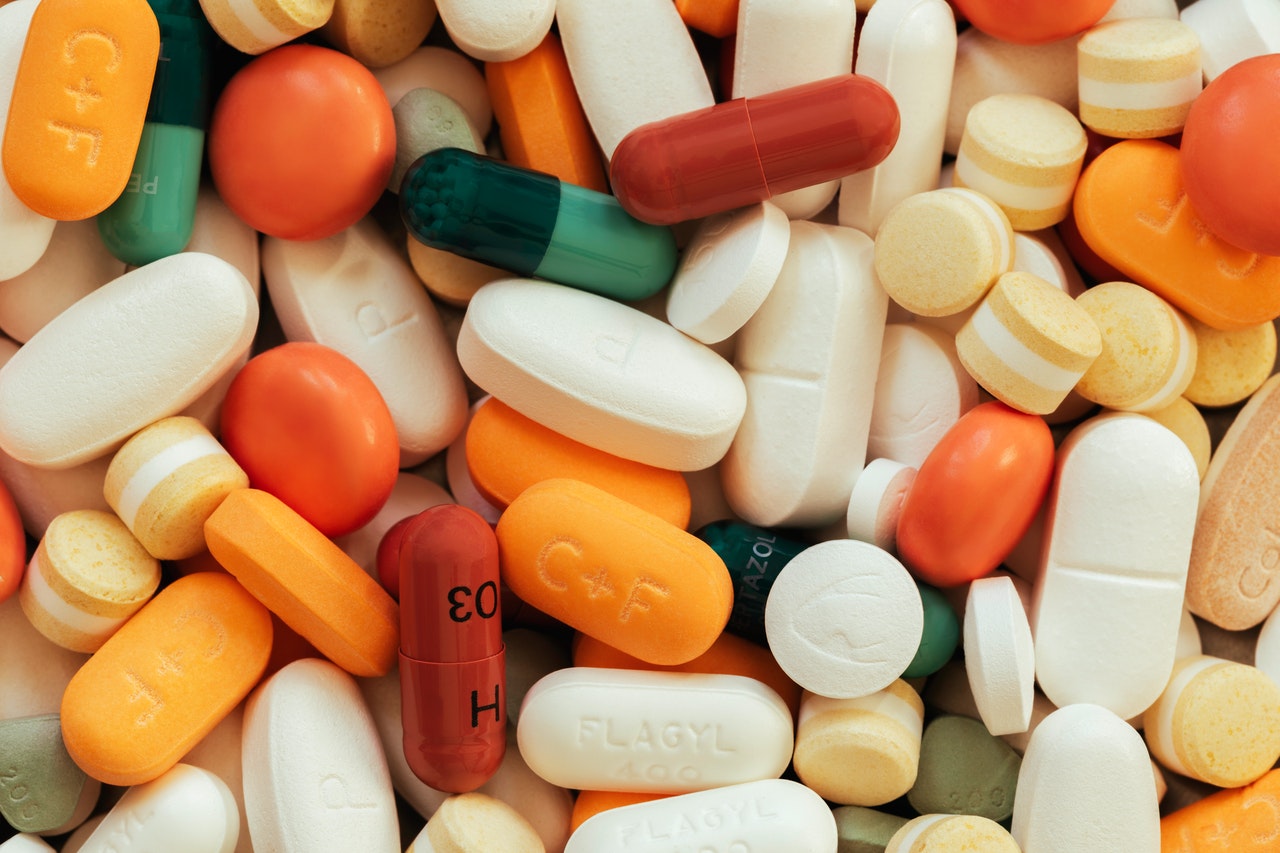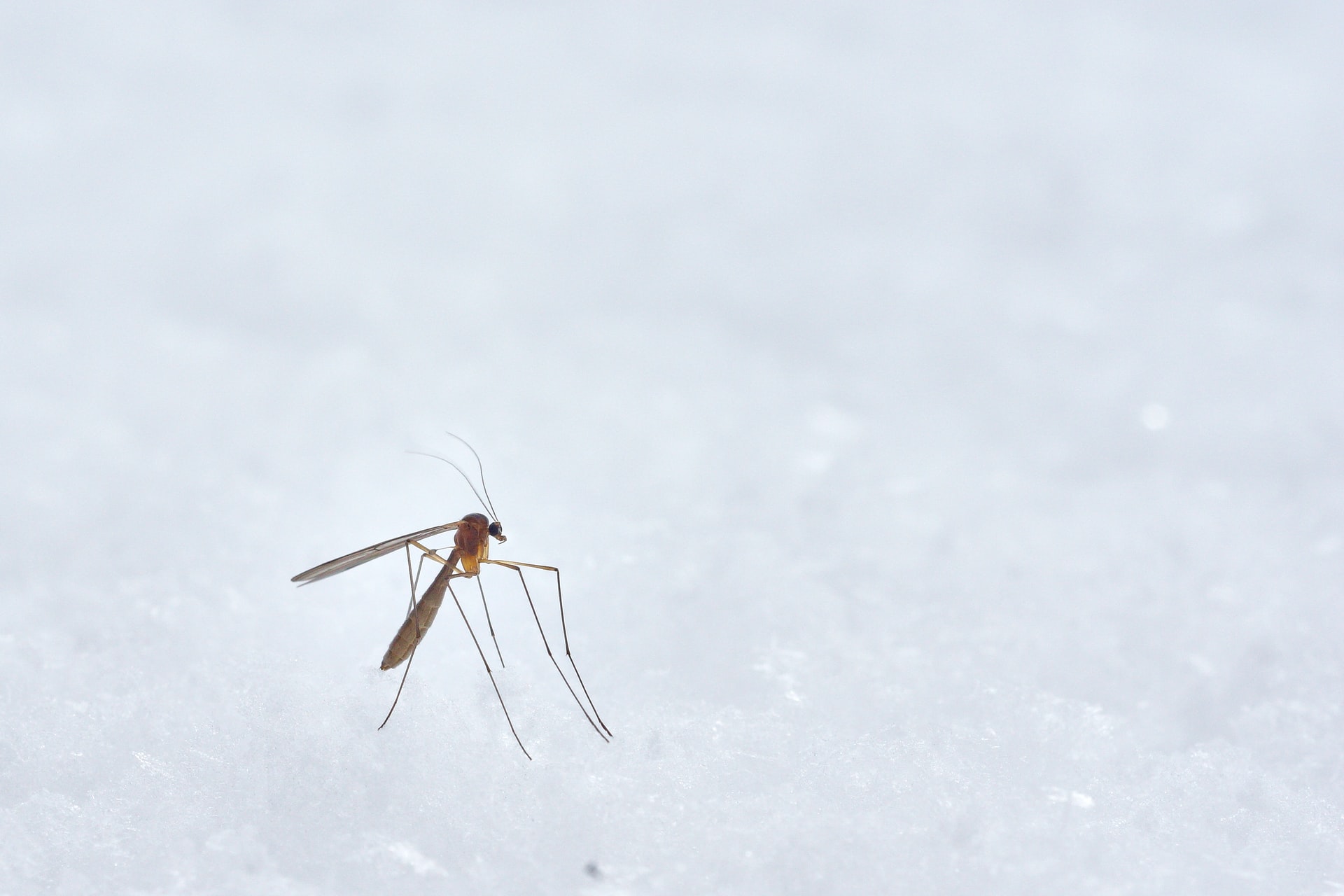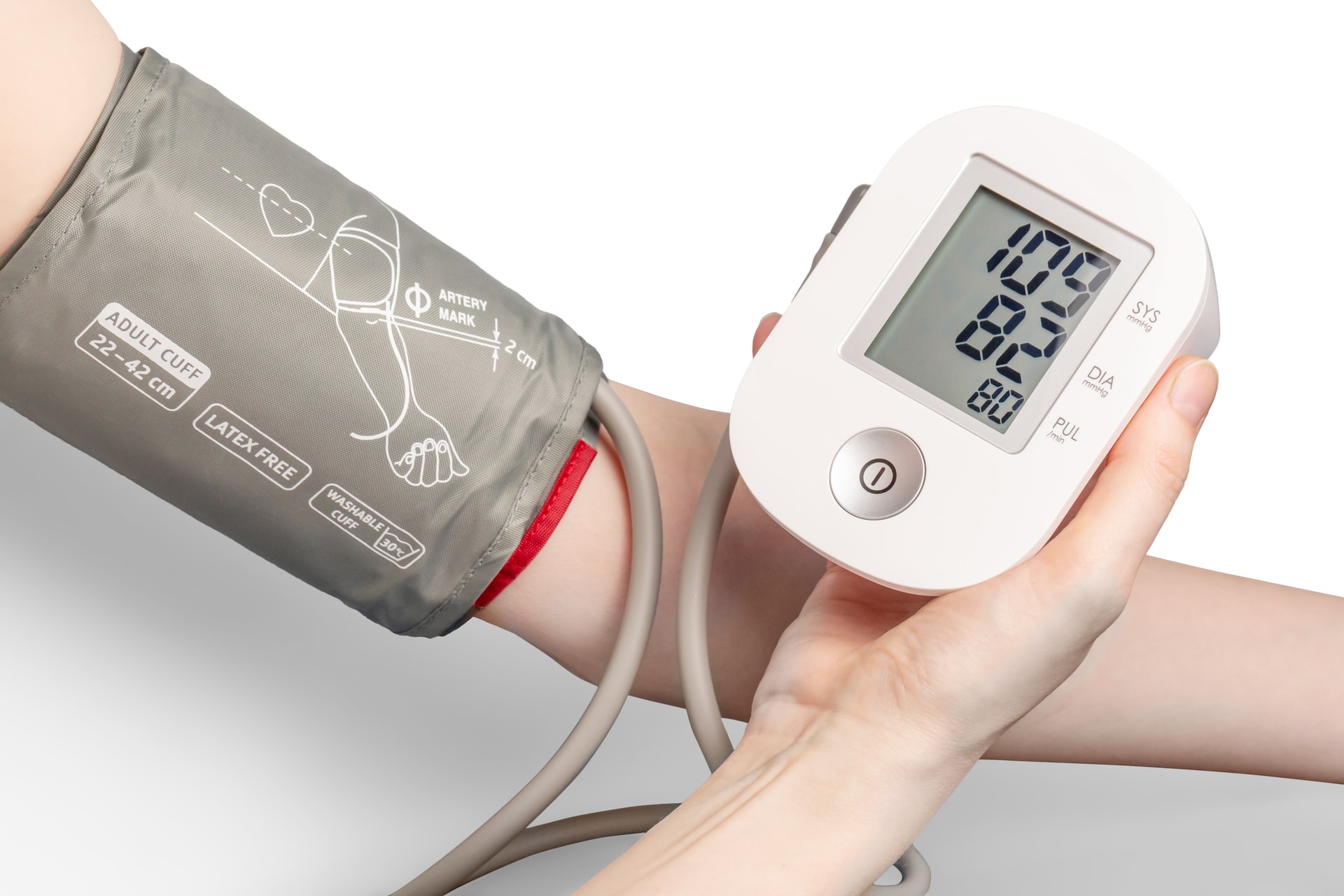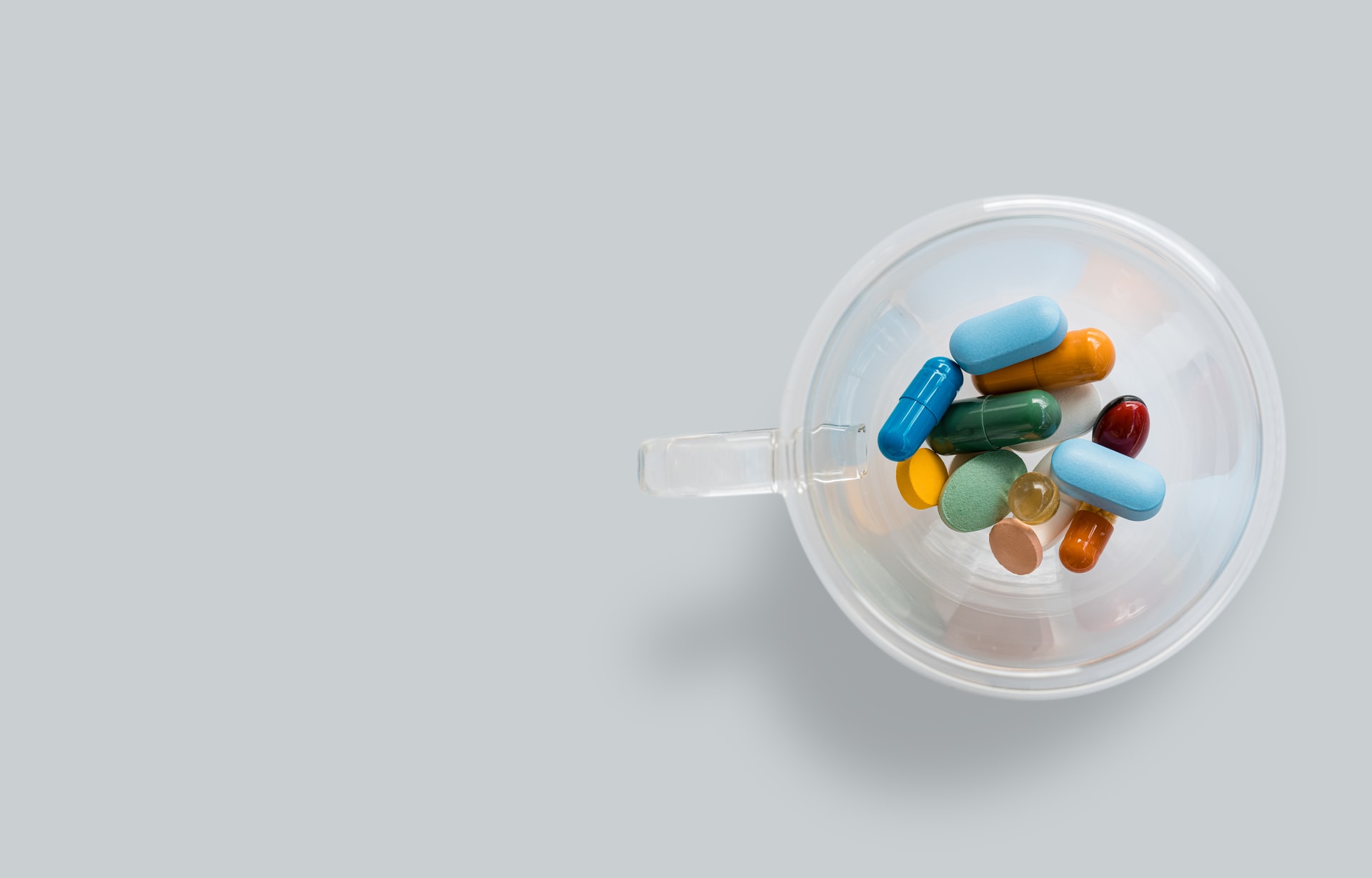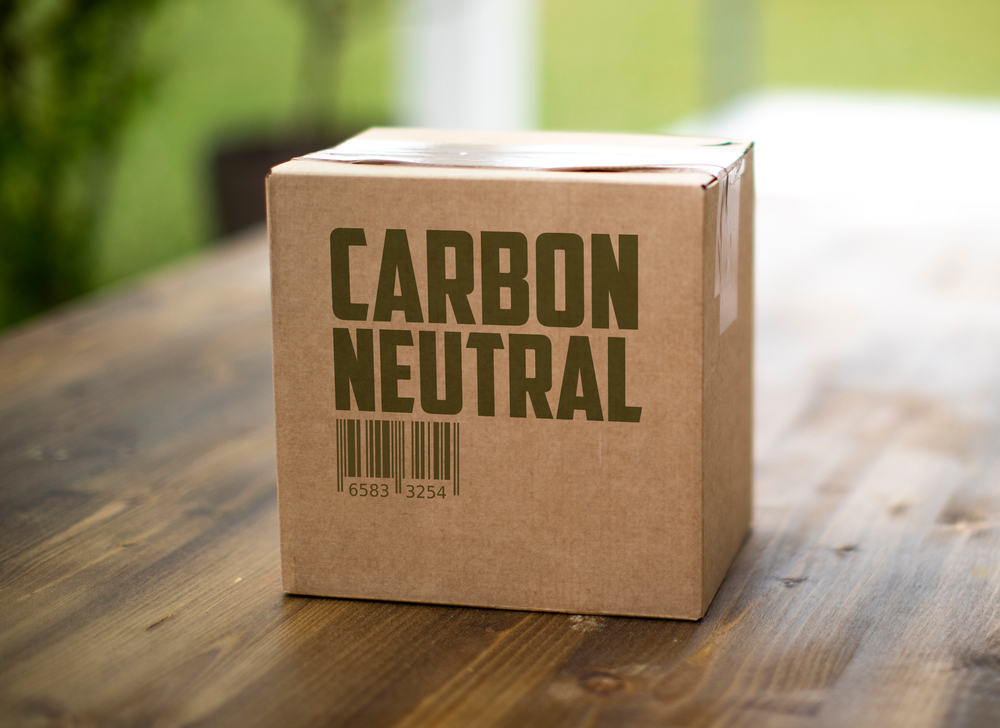Reading Time: < 1 minutes
- Both poison and venom are substances that can cause death or impair health.
- The difference between them lies in how they are delivered to the victim.
- Poison gets into the body via consumption, inhalation or absorption through the skin.
- For example, poison ivy is a poisonous plant — and touching it can cause a severe itch or a painful rash.
- The poison dart frog is another example of a poisonous creature.
- Most poison dart frog species are toxic and can cause swelling, nausea, and paralysis if touched or eaten.
- On the other hand, venom is injected — via a snake’s bite or a bee’s sting.
- When venomous snakes bite, they inject venom from venom sacks that are located behind their eyes.
- However, between 20% to 80% of the snake bites are “dry bites”.
- In these cases, snakes just want to warn you of the danger without actually injecting venom into you.
- It takes energy and resources for a snake to produce venom, and they may not want to waste it on a warning shot.
- The poisonous plants or animals can’t choose if they want to deliver the poison or not.
- So, if you come in contact with poison, you will almost certainly get affected.
Image courtesy of Pixabay through Pexels
Reference shelf :

